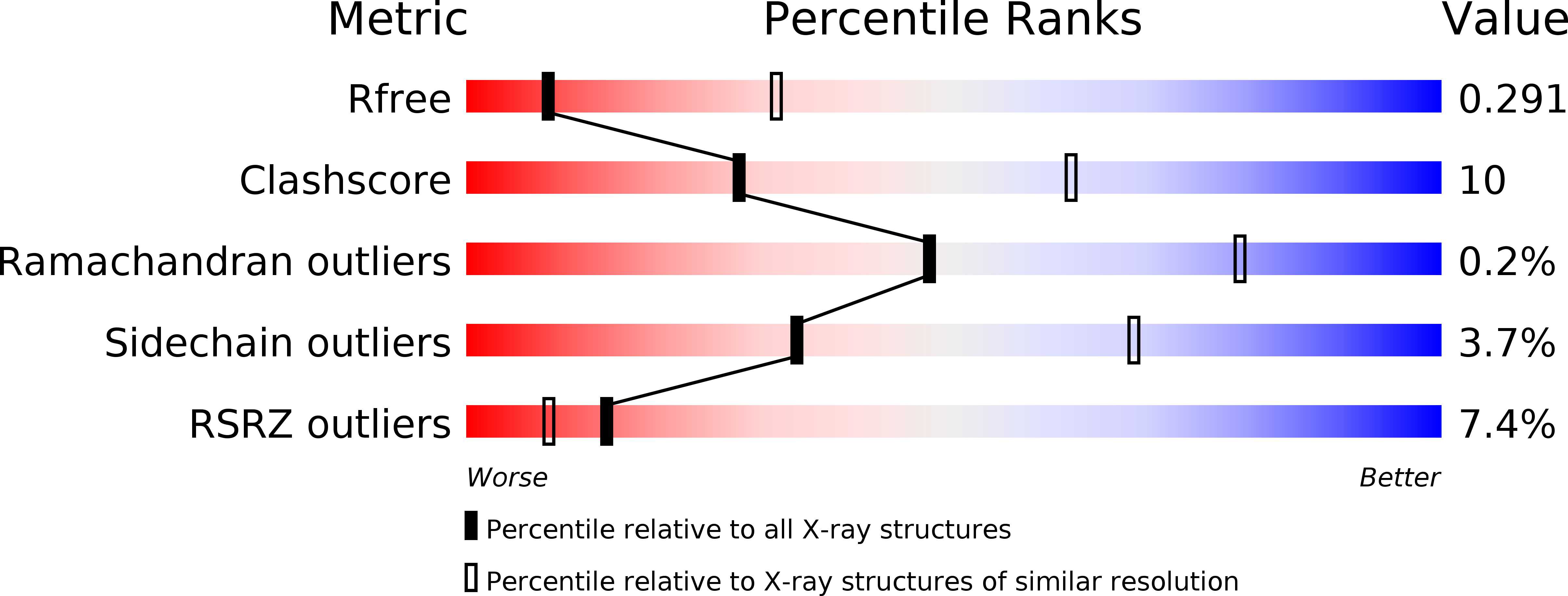
Deposition Date
2019-11-28
Release Date
2019-12-11
Last Version Date
2023-11-22
Entry Detail
PDB ID:
6LF3
Keywords:
Title:
3D domain-swapped dimer of the maltose-binding protein fused to a fragment of the protein-tyrosine kinase 2-beta
Biological Source:
Source Organism:
Escherichia coli (strain K12) (Taxon ID: 83333)
Homo sapiens (Taxon ID: 9606)
Homo sapiens (Taxon ID: 9606)
Host Organism:
Method Details:
Experimental Method:
Resolution:
3.20 Å
R-Value Free:
0.28
R-Value Work:
0.24
R-Value Observed:
0.24
Space Group:
P 1


